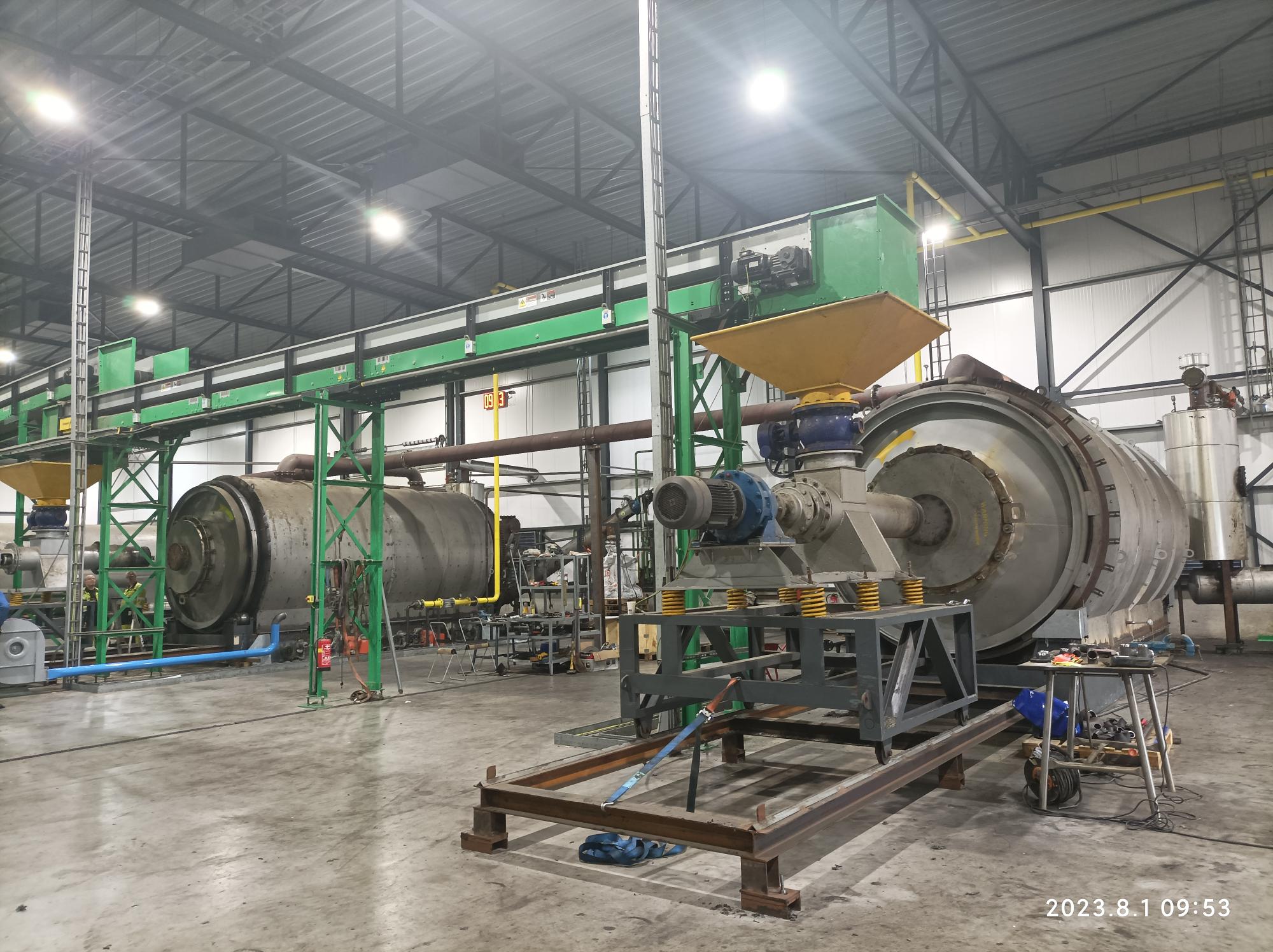The issue of plastic waste has reached critical proportions globally. In response to the environmental crisis, innovative technologies like plastic pyrolysis have emerged as a promising solution. In this comprehensive 1500-word post, we will delve into the world of plastic pyrolysis plant cost, exploring its various aspects, factors influencing it, economic feasibility, and the role it plays in addressing the plastic pollution challenge.

Competitive Plastic Pyrolysis Plant Cost
1: The Plastic Problem
Before we dive into the costs of plastic pyrolysis plants, it’s essential to understand the gravity of the plastic pollution problem. This chapter provides an overview of the environmental impact of plastic waste and why recycling and conversion technologies are crucial.
2: What is Plastic Pyrolysis?
Plastic pyrolysis is a waste-to-energy process that converts plastic waste into valuable products like fuel, oil, and gas. This chapter explains the pyrolysis process, its key principles, and the range of outputs it can generate.
3: Types of Plastic Pyrolysis Plants
Not all plastic pyrolysis plants are the same. This chapter discusses the different types of pyrolysis plants available, including batch, semi-continuous, and fully continuous systems, each with its cost implications.
4: Factors Influencing Cost
The cost of a pyrolysis machinery can vary significantly due to several factors. This chapter explores these factors in detail, including plant size, technology, location, and regulatory compliance.
5: Initial Investment
Setting up a plastic pyrolysis plant requires a substantial initial investment. This chapter provides a breakdown of the key components that contribute to the initial cost, including land, machinery, permits, and labor.
6: Operating Costs
Operating costs are a crucial consideration in determining the economic feasibility of a plastic pyrolysis plant. This chapter examines ongoing expenses such as energy consumption, raw material acquisition, maintenance, and labor.
7: Return on Investment (ROI)
Investing in a plastic pyrolysis plant is a significant financial decision. This chapter discusses how to calculate ROI, taking into account factors like product pricing, market demand, and production capacity.
8: Environmental Benefits
While focusing on costs, it’s essential to highlight the environmental benefits of plastic pyrolysis. This chapter explores how this technology contributes to reducing plastic pollution, conserving resources, and mitigating greenhouse gas emissions.
9: Case Studies
Real-world examples illustrate the economic viability of plastic pyrolysis plants. This chapter presents case studies of successful projects, showcasing their financial performance and positive environmental impact. Take a view at the pyrolysis oil plant cost.
10: Future Trends
The plastic pyrolysis industry is continually evolving. This chapter discusses future trends and innovations in plastic pyrolysis technology, which could impact both costs and environmental outcomes.
Conclusion: Navigating the Cost Landscape
In conclusion, plastic pyrolysis plants hold immense promise as a solution to the plastic pollution crisis. While the costs of establishing and operating these plants can be significant, they are often justified by the environmental and economic benefits they offer. As governments, businesses, and communities grapple with the plastic waste problem, understanding the cost dynamics of plastic pyrolysis is essential for making informed decisions that benefit both the bottom line and the planet.